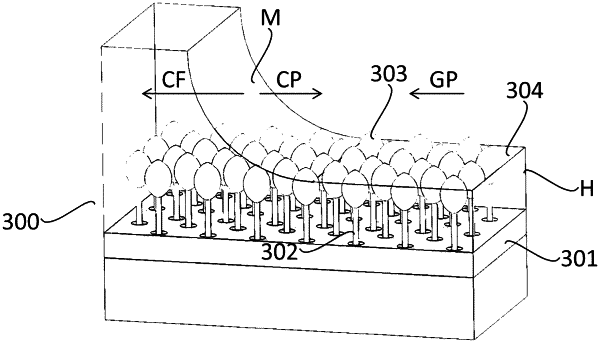| CPC G01N 1/4077 (2013.01) [B01L 3/50273 (2013.01); B01L 3/502753 (2013.01); G01N 21/07 (2013.01); G01N 21/658 (2013.01); G01N 33/491 (2013.01); G01N 35/00069 (2013.01); B01L 2200/0684 (2013.01); B01L 2300/0803 (2013.01); B01L 2300/087 (2013.01); B01L 2400/0406 (2013.01); B01L 2400/0409 (2013.01); G01N 2035/00158 (2013.01); G01N 2035/00495 (2013.01)] | 6 Claims |

|
1. A method for preparing a substrate comprising a sample reception area and a sensing area, the substrate being positioned in a sensing chamber comprising a gas, the method comprising the steps of:
applying a sample to the sample reception area, the sample comprising a liquid part having a first density and a sample part having a second density being higher than the first density;
rotating, with a rotational frequency that is a first rotational frequency, the substrate around a predetermined axis, the sensing area being closer to the predetermined axis than the sample reception area;
during rotation,
at least part of the liquid part having the first density travels toward the predetermined axis from the sample reception area to the sensing area due to first capillary forces acting between the liquid part and the substrate,
at least part of the sample part having the second density is restrained from traveling to the sensing area based at least in part upon a first centrifugal force directed away from the predetermined axis and acting on the sample part, and
a gas pressure of the gas inside the sensing chamber increases; and
decreasing the rotational frequency to a second rotational frequency so that the increased gas pressure forces at least a portion of the sample out of the sensing chamber and transferring at least a portion of the sample remaining at the sample reception area to a waste chamber separate from the sensing chamber.
|